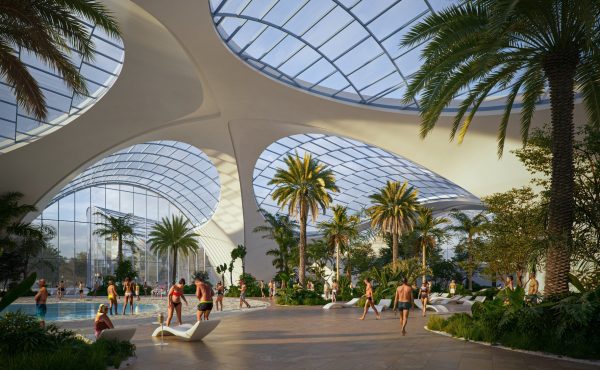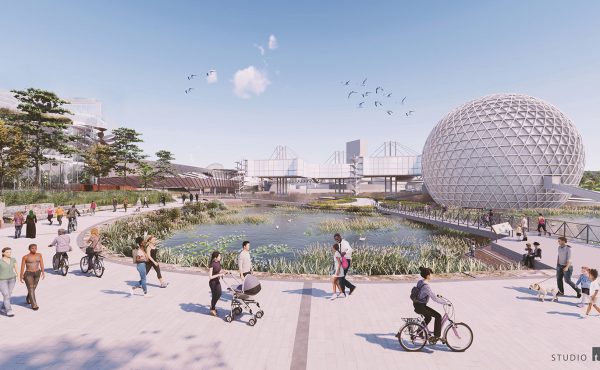Each week we will be focusing on blogs from around the world dealing specifically with urban environments. We’ll be on the lookout for websites outside the country that approach themes related to urban experiences and issues.
![]()
• The New York Times covers the surge in graffiti being reported in many US cities. Officials from L.A., Portland, OR, Nashville, Chicago, Denver, New York, and Seattle attribute the increase to a tough economy, the summer recess, and the glorification of street art in popular culture.
• A new traffic device called the “Intersector” is attracting new cyclists to the streets of Pleasanton, CA. The military-developed technology detects approaching cyclists and holds lights green until they pass through the intersection. City officials report that the device has been well received by cyclists and drivers. (Toronto Star)
• New York City has set a new standard for scaffolding design following an international competition. The winning design, the “Urban Umbrella” lifts the structure above the pedestrian head and allows more natural light to reach the sidewalk. (NY1)
• Chicago is looking to Toronto’s Luminato festival as a case study in building international profile. While the festival is largely financed by three levels of government, the dividends to multiple stakeholders are impressive. In particular, Chicago is looking to emulate the brand-building power Luminato has given Toronto as an arts destination. (Chicago Tribune)
• Next American City explores opportunities to combine energy savings and social investments in improved street lighting. A British innovation, the Remploy Marlin 1000 luminaires is an LED light which uses 70% less energy than conventional alternatives and is manufactured by people experiencing complex barriers to work.
Image from the justified sinner
Do you have a World Wide Wednesday worthy article you’d like to share? Send the link to www@spacing.ca






2 comments
The City of Toronto converted from incandescent to metal halide lighting before amalgamation and much of the “old” City has had “white light” for a long time. A few areas where, as a “crime fighting” measure, there was an early conversion to high-pressure sodium lighting (yellow) have yet to receive the benefit, and there’s a lot of “yellow light” in the suburbs where this was the prevailing standard as they built out.
Design issues like lighting have not exactly preoccupied the amalgamated city, and they are even less of a concern with the current crew in office. All the same, it’s an important factor to watch out for in neighbourhood design (and redesign). Aside from looking industrial, the older yellow lighting just screams “we don’t want you here” and is totally inappropriate for spaces people will occupy. The benefit of white light for security was noted almost two decades ago, and it’s ironic that the brilliant yellow lighting originally installed for that purpose actually works against its own supposed benefit.
Indoor LED lighting looks quite good too. Check out St. Andrew station at platform level. The station as a whole is a bit of a mess, part way through a makeover whose budget was cut, and in the midst of an elevator installation, but the platform level is completely lit by white LED fixtures.
Where I could see this being very useful is where the long-distance bike paths in the hydro corridors have level crossings with major streets. Most of these crossings are mid-block, and the blocks are long, so it takes forever for there to be a break in the traffic. Being able to cross these barriers more safely and quickly would make these bike routes much more useful.